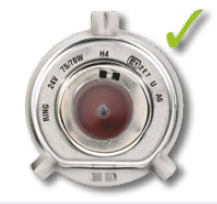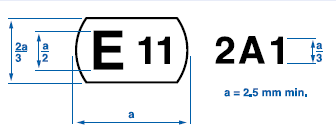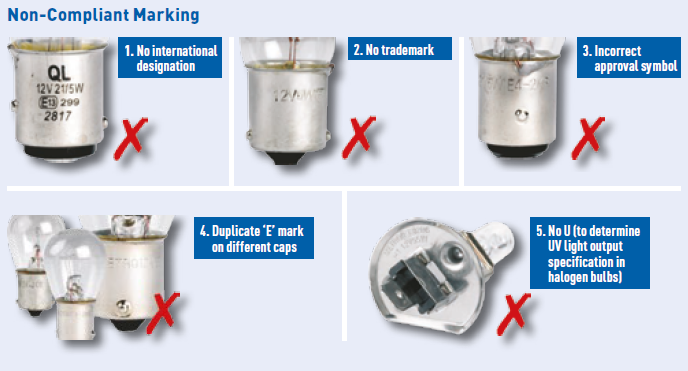Lighting

Regulated IlluminationRING AUTOMOTIVE speaks about ECE Regulation 37 and what it means for automotive light bulbs. Exterior automotive bulbs are undoubtedly safety critical. Their primary function is key to providing illumination on a dark road whilst alerting other road users on whether a driver is braking or changing direction. As it is vital to operate safely, exterior automotive bulbs must be manufactured in accordance to international standards. It is important for motor factors and installers to provide drivers with ECE Regulation 37 compliant bulbs. Non-compliant bulbs are illegal and should not be sold or offered for sale. In the event of a crash, authorities can easily trace a non-compliant bulb back to the motor factor and supplier, leading to severe legal implications. ECE REGULATION 37 More commonly shortened to the ‘E’ mark, ECE Regulation 37 details exact specifications that cover the light output, filament geometry, voltage and wattage, along with the size and shape of the bulb. Light output specification identifies the correct level of illumination from the light assembly. Filament geometry specification determines that the bulb is shaped correctly for optimum light output. Voltage and wattage specifications ensure that the bulb can be safely fitted to a vehicle’s electrical system without overloading the switching or wiring harnesses. Finally, the size and shape specification ensures that the bulb fits correctly into a light unit or assembly. IS THE BULB ‘E’ MARKED? All ECE Regulation 37 compliant bulbs should have the following information clearly marked: 1. Manufacturer trade name/mark 2.Rated voltagetypically 12V for passenger cars and 24V for commercial vehicles 3. International designation for the lamp (e.g. W21W) 4.Rated wattage of the lamp including any dual filaments e.g. 21W or 21/5W – this is not required if the international designation identifies the wattage 5. Approval mark in accordance with the specification for its size and shape
THE APPROVAL MARK The approval mark typically consists of the designated E number (e.g. E11) in a rectangular box followed by a unique 3-digit code. This can only be applied to one lamp type for each manufacturer. This can only be applied to one lamp type for each manufacturer as it identifies the manufacturer. In the case of a halogen bulb which has to meet the requirements of the UV light output specification, it must be marked with a U.
RING QUALITY ASSURANCE Through major investments in test equipment and fully qualified staff, Ring Automotive’s quality assurance department strives to set the standard of excellence in the aftermarket. Life and vibration tests are not part of the ECE Regulation 37 but an integral part of determining the quality of Ring Automotive bulbs. These tests are conducted in Ring’s quality assurance labs which are also equipped with full facilities to test if bulbs are compliant with ECE Regulation 37.
|
Related Articles Related Downloads |


